Have you ever heard about the Moon Festival?
Moon Festival popularly known as Mid-Autumn Festival celebrated annually on the 15th day of the eighth month in the Chinese calendar, and this year, it is celebrated today, October 1, 2020. And aside from Moon Festival, October 1 is also the National Day of the People's Republic of China. Therefore, people doesn't need to go to work and have full time to celebrate this festival. And what is good in Hong Kong is, the following day of ever holiday is also a public holiday because many celebration events are held at night. So every after the big celebration, people have given time to rest before they get back to work and school.
Following Chinese New Year, Mid-Autumn Festival is the second biggest traditional Chinese holiday in Hong Kong. The main attraction during this festival is the fire dragon and lion dances as well as gift giving, mooncakes and drinks, lantern displays, festival related sales and different tourists celebrating the festival with the locals.
I know this year's celebration will be a bit different but despite of this pandemic outbreak, Chinese didn't stop from bringing their families together to celebrate this festival in a safer way. I've gathered information about this festival and learned how Chinese celebrated Moon Festival or Mid-Autumn Festival from these Chinese people at home and based on my past experiences during this festival.
Traditionally, it is said that the moon is at its brightest and fullest size which accords with the agricultural production in the middle of Autumn. Overtime, it evolved into a festival of many traditions with three fundamental concepts:
Gathering wherein family and friends are reunited to celebrate this festival and the brightest and roundest moon symbolizes family reunion which is the main reason why this festival is important to Chinese.
Thanksgiving wherein people give thanks to the moon for their successful crop harvest and for their harmonious unions.
Praying, it is said that this day is the best moment to pray for conceptual or material satisfaction. This has been the time to celebrate marriages and pray to moon diety to fulfill their romantic wishes as well as to have babies, health and longevity, beauty and fortune.
But where did the name Moon Festival came from?
Different interpretations have arose over human history. There are plethora of versions of myths behind Moon Festival, but shares the same origin: their minds. The moon's surface shows the shape of a rabbit in many cultures, especially across Asia.
According to Chinese beliefs, the legend of the moon festival formed when Chang’e, the goddess of the moon, tried to save the elixir of her husband Hou Yi when his apprentice Feng Meng attempted to steal the elixir. In order to save it, Chang'e drank the potion which made her to become immortal.

She then floated to the moon with her pet rabbit Yutu and leave her husband behind. When Hou Yi learned about what happened to his wife, he prepared a feast which became a tradition every year. He's hoping to catch a glimpse of his wife's shadow when the moon is at its brightest and fullest.
Although the tradition have changed overtime due to influence of science and technology, culture and religion but the concept is all about unity, thanksgiving and worship. This festival is celebrated in many cultural and traditional customs, such as;
Tai Hang Fire Dragon and Lion Dances
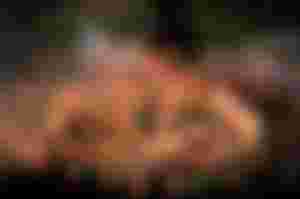
Tai Hang Fire Dragon dance has been recognised as a part of China's intangible cultural heritage. It is one of the famous and brightest annual rituals in Hong Kong which started in 19th century. The 200-foot long fire dragon have been the highlight of this show which requires more than 300 people to operate and with 20,000 incense sticks burning on its body, and firecrackers lighting the surrounding area. The Tai Hang dragon is a massive structure made out of hemp rope, pearl straw and ratton. The leader would pray for peace, good fortune and more blessings. After the ritual, fire-dragon will be thrown into the sea along with the lanterns and paper cards. This ceremony entails that the dragon would return to sea and would take the misfortunes away.[1]
Mooncake
From the name of the festival itself, Mooncake got the name from the moon and a famous food during this festival. The mooncake is made as round as the moon and eating and sharing mooncake during this festival symbolizes completeness and unity of the families. During Mid-autumn festival, giving mooncakes as gifts among families and friends became a popular custom. In modern times, mooncake manufacturers created new flavors and made different varieties of mooncakes but carrying the same meaning of blessing and unity.
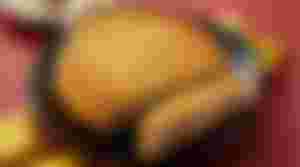
The most traditional classic flavor is five kernel and roast pork mooncake. This is much more expensive and filled with mixed nuts and seeds (almonds, walnuts, and dried winter melon, sesame, and pumpkin seeds) and roast pork.

Ice cream, lava, chocolate and creamcheese mooncakes become popular among young people. The attractive mooncake appearance and the filling with traditional Chinese culture and Western romantic culture mixed together. Other flavors of mooncakes are red bean paste, lotus seed paste, snow skin, vegetables and fruits filling, green tea and seafoods flavor.
Aside from mooncakes, another popular gifts during the Mid-Autumn Festival are fruit baskets. Nowadays, people also eats some seasonal fruit that may differ in different district.
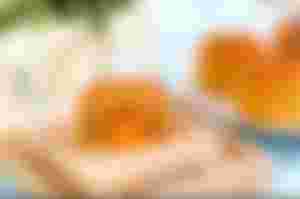
My favorite type of mooncake is lava mooncake because of it's oozing lava filling in every bite. The main ingredients of lava filling are egg yolk, butter, milk (coconut, condense and milk powder) with custard powder and cake flour.
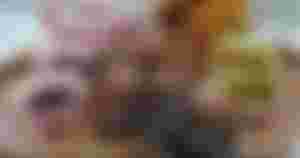
Mid-Autumn festival is also about osmanthus wine and water caltrops (water chestnut). Osmanthus wine traditionally believed to be the key to longevity and is often served during toasts to incite healthy and long life. This wine symbolizes prosperity, health, and harmony. Meanwhile, water caltrops also known as water chestnuts is a traditional dish during Mid-Autumn Festival. They are harvested yearly few weeks before the mid-autumn and its Chinese character is a derivation of the word 'fok' for luck, which makes it become one of the symbol of prosperity.
Lanterns
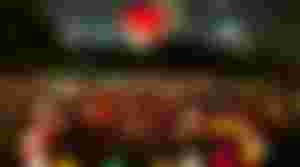
Lanterns are one of the oldest traditions of the Mid-Autumn Festival adored by most kids and families in Hong Kong. Different sizes and shapes of illuminating lanterns are carried and displayed to light the way to prosperity and good luck. People write wishes on sky lanterns and light them in honour of Chang’e, the legendary goddess of the moon and they are hoping that the goddess would bless them with better luck. Another tradition encompass with the lanterns is, people will write riddles on it and have others to try to guess the answers.
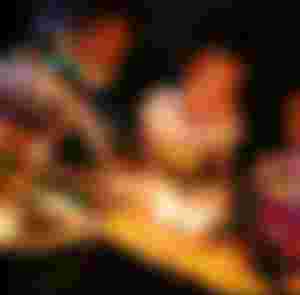
I remember my first time celebrating Mid-Autumn Festival last 2017 with these Chinese people. After special gathering with my boss' Chinese relatives, we went to a park with illuminating bracelets on our wrists, carrying a pretty lantern then we ate mooncake after roaming around the park. Kids were playing glowing sticks and happily running around illuminating the Jade Rabbit statue which was said to be the animal accompanied Chang'e on the moon. Unfortunately, I wasn't able to experienced the lighting of sky lantern and forgot to take photos of my illuminating bracelet.
Moon Gazing
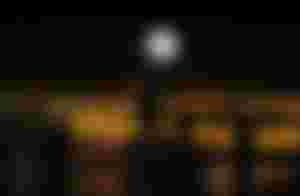
Another popular tradition during Mid-Autumn Festival each year is Moon Gazing. According to Chinese beliefs, there are three important days to gaze at the moon: the eve of Mid-Autumn Festival means to welcome the moon; on the day of festival means to admire the moon; and the next day means to send off the moon. This annual celebration remains in Hong Kong where families, friends and couples flock together and look for the best spot to admire the beauty of the moon.
Unfortunately, this year isn't a good chance to witness the moon as it is nowhere to be seen due to weather condition and thick clouds.
Other traditional practices during the festival are:

People are burning incense to worship their deities including Chang'e.
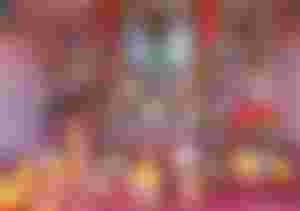
Food offerings for deities are placed on an altar such as pears, apples, oranges, peaches, melons, grapes, pomelos and more.

A traditional game called Bo Bing is celebrated exclusively in the island of Xiamen, China. It's a gambling sort of game involving 6 dice played by rolling the dice in a ceramic bowl and the results determines the winning prize. Overtime, this game have been brought to Hong Kong and is also played by Hongkongers during the night of Mid-Autumn Festival.
Although the Tai Hang Fire Dragon dance and lantern displays was cancelled this year due to this pandemic situation, the festive atmosphere is still there and some are still lighting and hanging their own lantern.
Source:
[1] https://en.m.wikipedia.org/wiki/Mid-Autumn_Festival
Latest Articles:
Planning To Travel In This Pandemic, Is It Safe?
Simple And Easy Authentic Chinese White Cut Chicken Recipe
Why Can't You Save Money Effectively?
Acronym For Readcash
A Technique That Will Save Our Life
The Impact of Instant Moodles (And Easy Chinese Udon With Japanese Sauce Recipe)
How Filipino Overseas Workers (OFW) In Hong Kong Combats Homesickness
Things You Should Know About Babies
A Real Life Story (How I Overcome Challenges That Life Throws At Me)
Lead image drawn by @Jane
P.S. I am so sleepy now and I don't want to go down anymore to check if the moon is visible tonight. 😅

...and you will also help the author collect more tips.

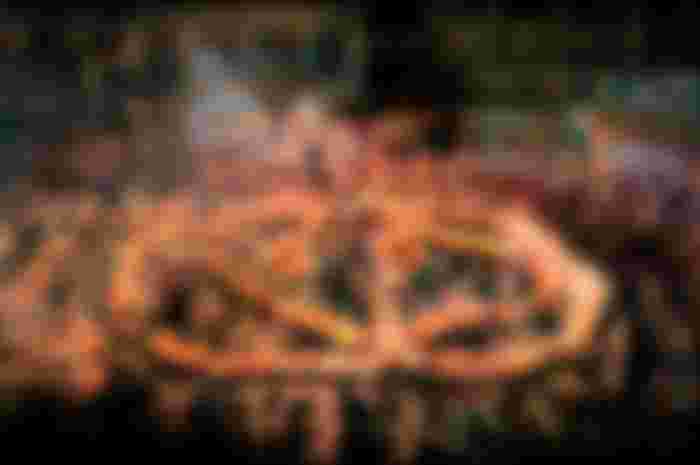
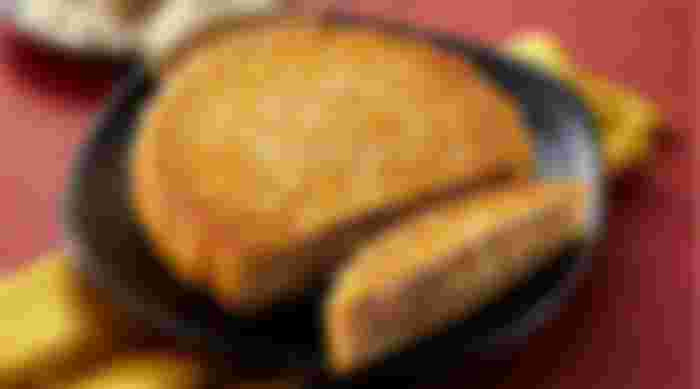
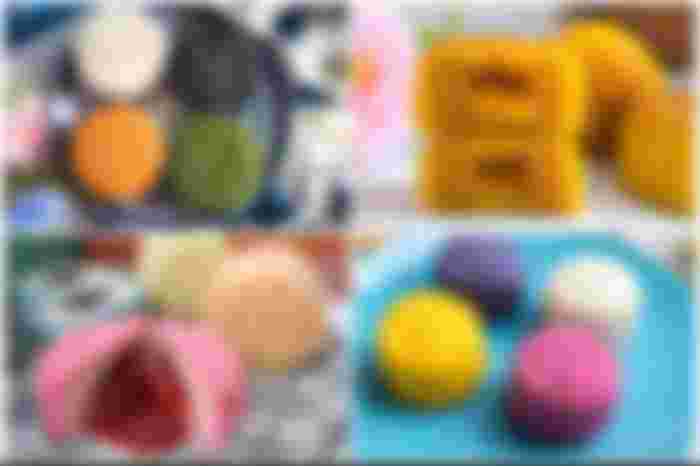
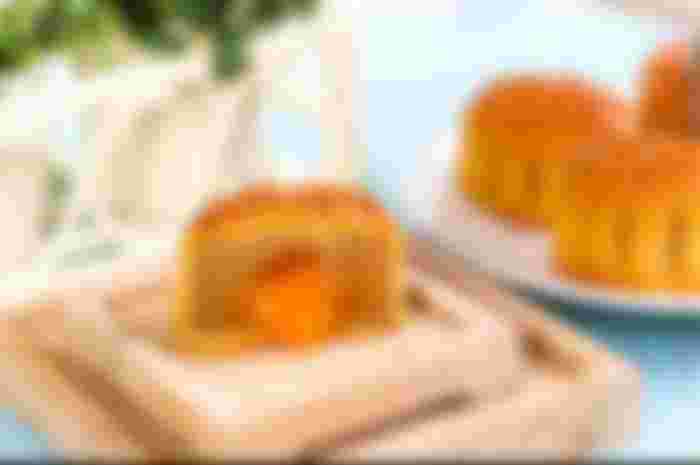
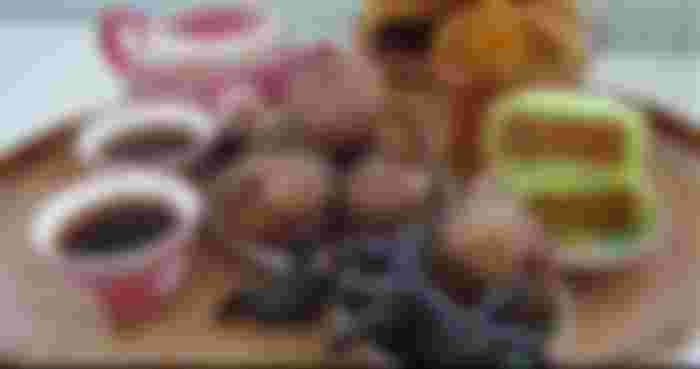
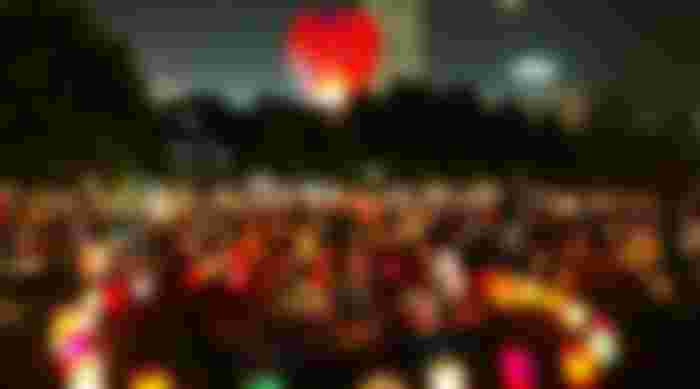
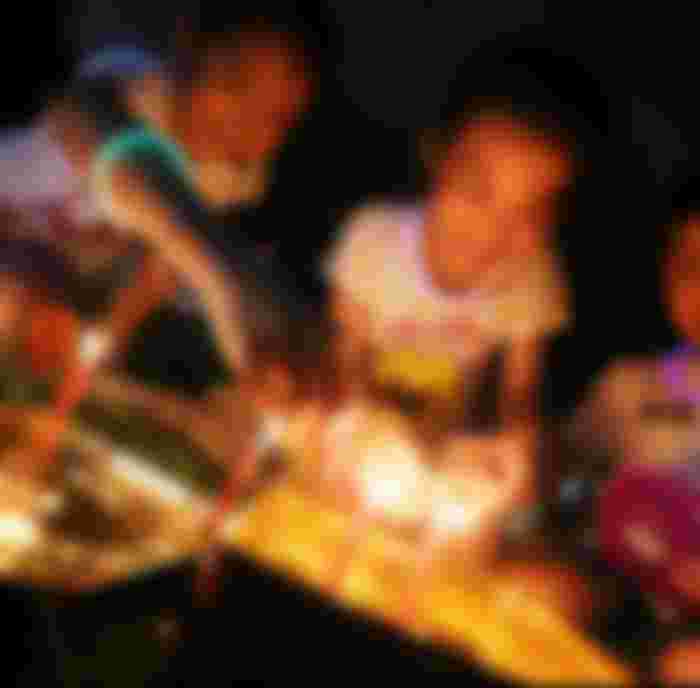
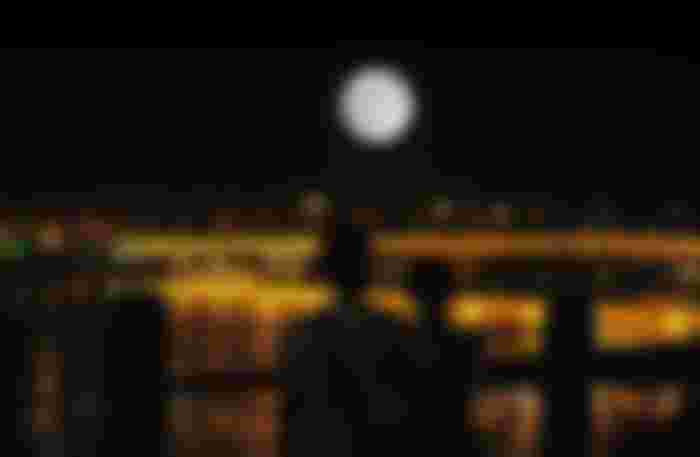
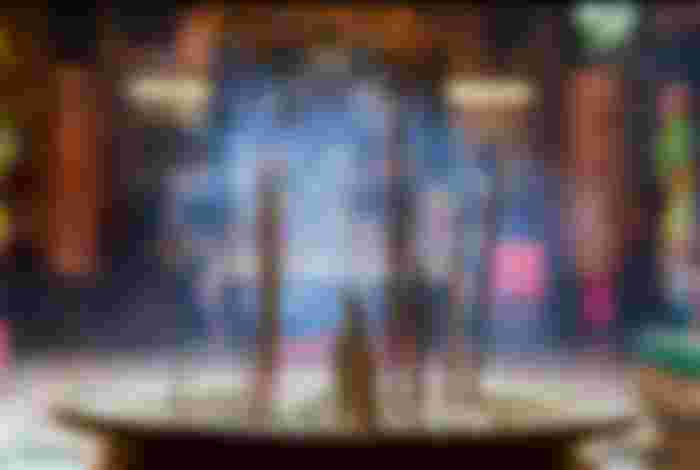
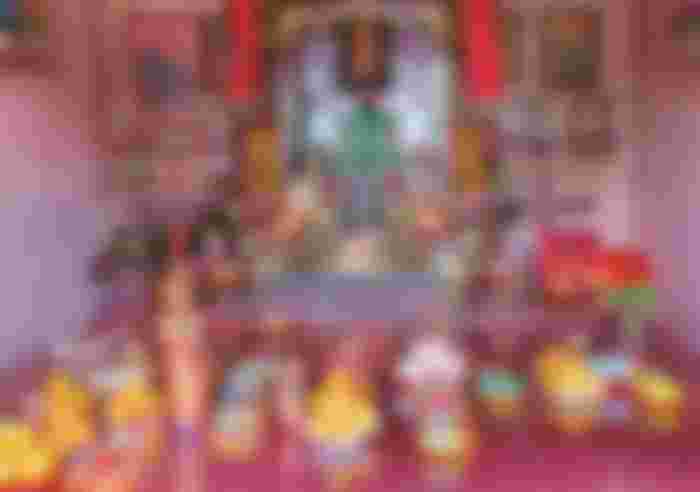
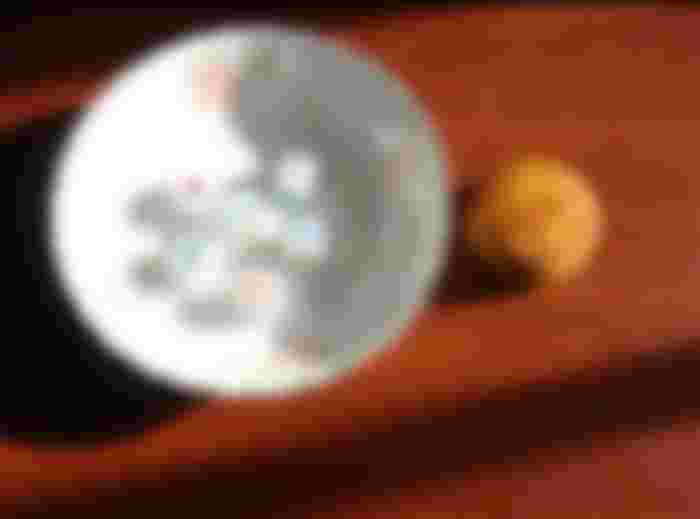
Oneday I'll experience moon experiance